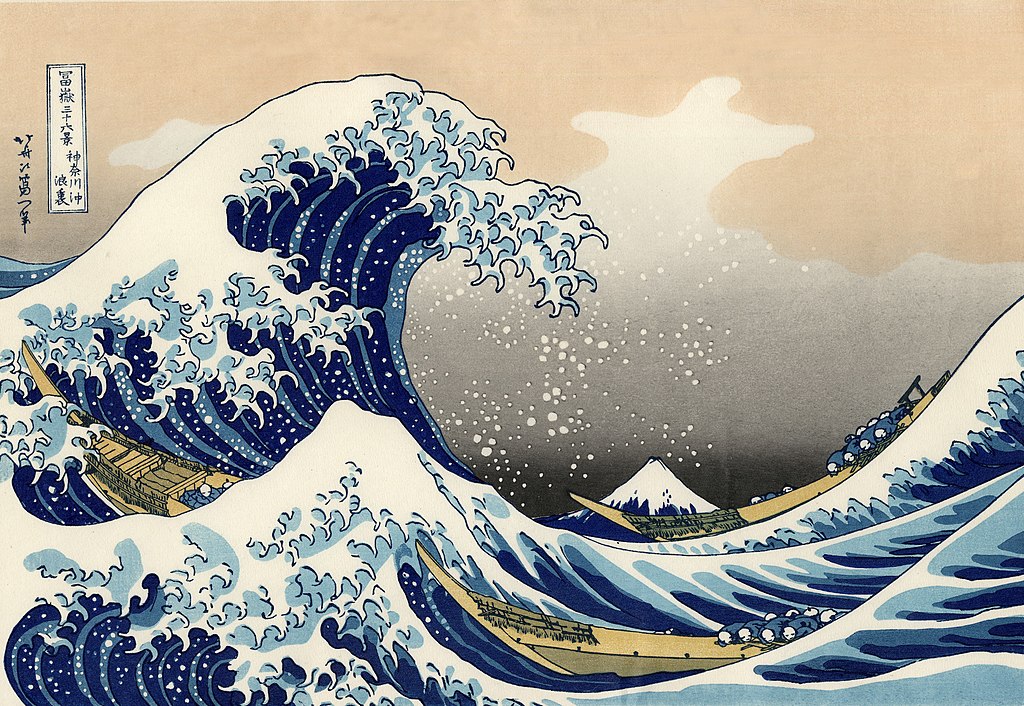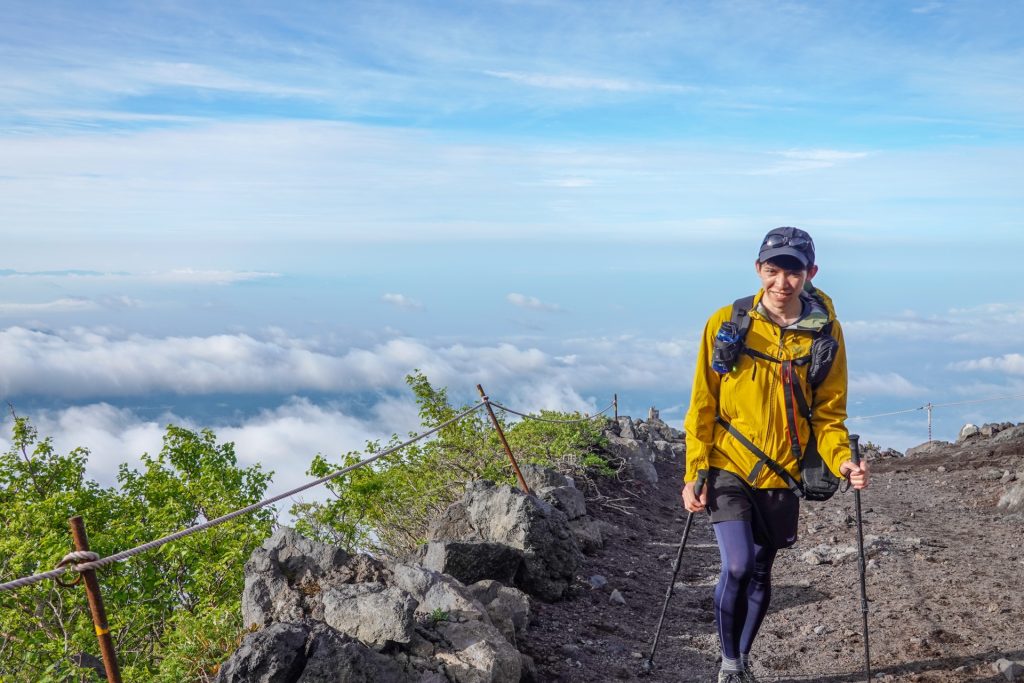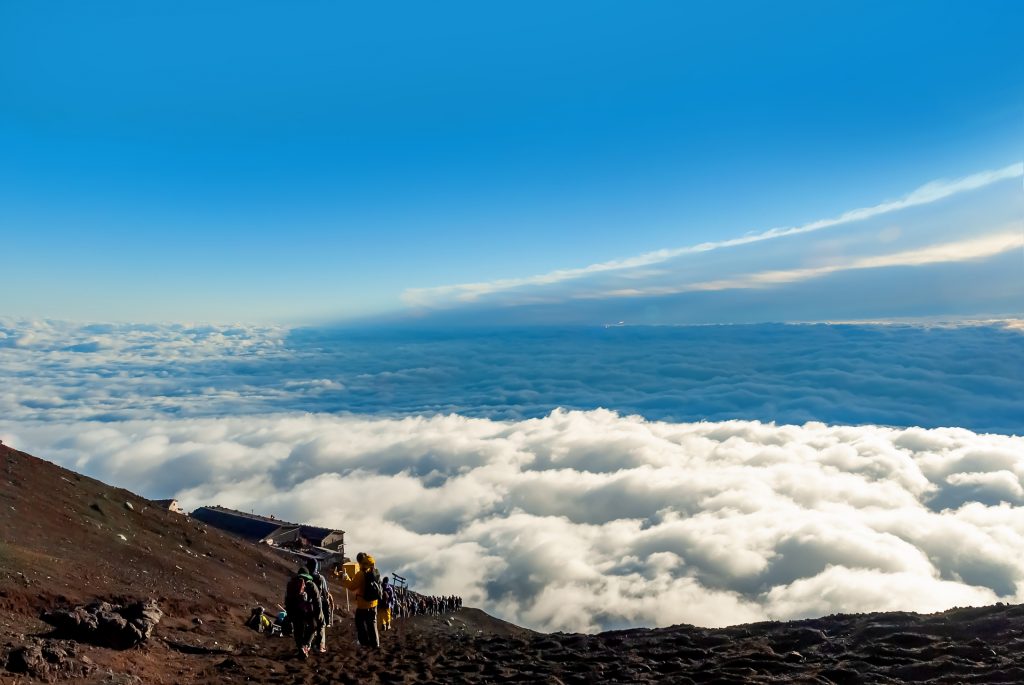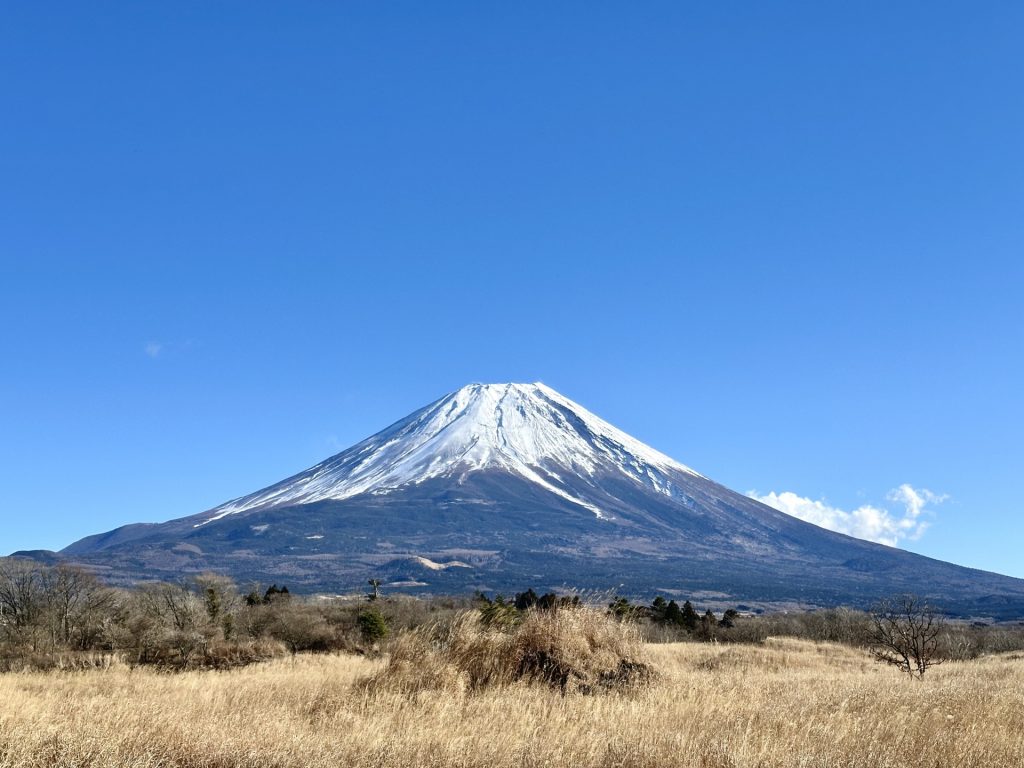
Exploring the Legacy of Katsushika Hokusai: A Journey Through Time
Step into the captivating world of Katsushika Hokusai, a visionary ukiyo-e artist who left an indelible mark on Japanese art and culture. Born in Edo (modern-day Tokyo), Hokusai’s artistry transcended boundaries, depicting the beauty of the natural world, mythology, and daily life.
Hokusai’s most iconic work, “Thirty-Six Views of Mount Fuji,” showcased his mastery of capturing landscapes in exquisite detail. Within this series lies the renowned “The Great Wave off Kanagawa,” a symbol of Japan’s artistic prowess worldwide. The print depicts a towering wave threatening boats beneath Mount Fuji’s gaze.

Equally captivating is Hokusai’s “Red Fuji” from the series “A Tour of the Waterfalls of the Provinces.” This masterpiece portrays Mount Fuji suffused with a mesmerizing crimson hue, capturing the mountain at dawn. The juxtaposition of colors and the serene atmosphere reflect Hokusai’s ability to convey a moment of natural wonder.
Hokusai’s diverse portfolio also includes the whimsical “Hyakunin Isshu Poem Cards” and “One Hundred Views of Mount Fuji.” From tranquil scenes to dynamic waves, Hokusai’s prints masterfully encompassed a range of emotions.
Hokusai’s curiosity knew no bounds, leading him to explore various artistic styles and themes throughout his lifetime. His fascination with Mount Fuji was evident, capturing its essence in countless forms. His unique ability to infuse spirituality into his work transcended cultural boundaries, leaving an eternal impact on the world of art.
Today, Hokusai’s legacy lives on through exhibitions, galleries, and the enduring influence on modern art. His imaginative approach and dedication to craft continue to inspire generations, making Katsushika Hokusai an integral part of Japan’s artistic heritage. As you immerse yourself in his prints, you embark on a journey through time, witnessing the profound beauty and creativity that shaped a cultural icon.
Discover Hokusai’s Art at the Sumida Hokusai Museum:
If you’re intrigued by Hokusai’s art, the Sumida Hokusai Museum (すみだ北斎美術館) in Tokyo offers a captivating immersion into his world. Located in Sumida Ward, this museum showcases an extensive collection of Hokusai’s works, including his iconic landscapes and woodblock prints. The museum’s unique architecture itself is a tribute to Hokusai’s artistic style, making your visit a truly immersive experience.
As you explore the museum’s exhibitions, you’ll gain deeper insights into Hokusai’s life, artistic evolution, and the cultural context of his time. From informative displays to interactive exhibits, the Sumida Hokusai Museum provides a comprehensive perspective on this iconic artist’s contributions to Japanese art.
Hokusai’s curiosity knew no bounds, leading him to explore various artistic styles and themes throughout his lifetime. His fascination with Mount Fuji was evident, capturing its essence in countless forms. His unique ability to infuse spirituality into his work transcended cultural boundaries, leaving an eternal impact on the world of art.
Today, Hokusai’s legacy lives on through exhibitions, galleries, and the enduring influence on modern art. His imaginative approach and dedication to craft continue to inspire generations, making Katsushika Hokusai an integral part of Japan’s artistic heritage. As you immerse yourself in his prints, you embark on a journey through time, witnessing the profound beauty and creativity that shaped a cultural icon.
- Location: 2-7-2 Kamezawa, Sumida Ward, Tokyo, Japan
- Access: The museum is easily accessible by public transportation. The nearest station is Ryogoku Station (JR Sobu Line or Toei Oedo Line), a short walk from the museum.
- Opening Hours: The museum is open from 9:30 AM to 5:30 PM.
- Closed: The museum is closed on Mondays (unless Monday is a national holiday, in which case it will be closed on the following day), and during the New Year holidays (December 29 to January 1).
- Admission Fee: The regular admission fee is 400 yen for adults, 300 yen for university students, and 100 yen for high school students. Admission is free for junior high school students and younger.




